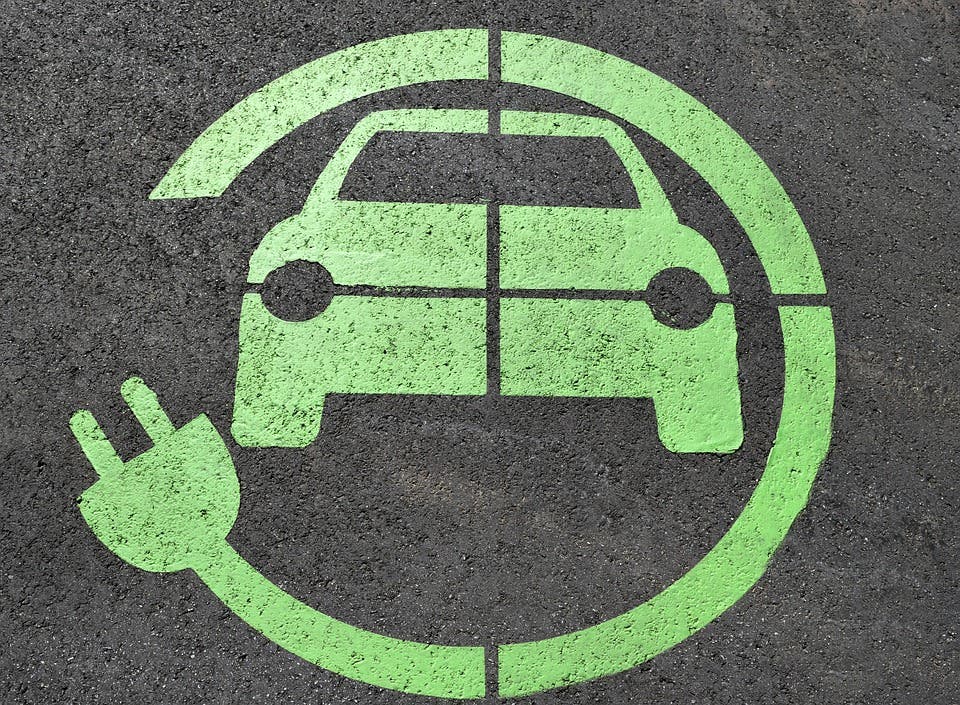Elon Musk promised a battery that could take an e-vehicle a million miles and last for years at a time. Jeff Dahn, one of the pioneers of the modern lithium-ion batteries, has now delivered on that promise.

In a new paper, Dahn announced that the company will soon be in possession of a battery that would make its robot taxis and long-haul electric trucks viable. Dahn is a Professor in the Department of Physics & Atmospheric Science and the Department of Chemistry at Dalhousie University, as well as a research partner of Tesla.
Charge for days
“Cells of this type should be able to power an electric vehicle for over one million miles and last at least two decades in grid energy storage” Dahn says.
Dahn’s research group is recognized as one of the most renowned and prestigious worldwide in the field of electrochemistry. Their new paper details the new power cell they created and a benchmark of its capabilities for further research.
The power cell is constructed using a nickel-rich NCM (nickel-cobalt-manganese) alloy for its cathode. The team explains that the alloy they used, known as NCM 523 (50% Nickel, 20% Cobalt, 30% Manganese), is stable and an excellent reference and starting point for further developments. Other elements that the team tested include graphite anodes, and different mixes of solvents, additives, and salt for the electrolyte solutions
All in all, the cells have a specific capacity (the ratio of energy storage ability to weight) 20% higher than that of the cathodes used in Li-ion batteries that power today’s mobile electronic devices. What’s more, the findings can be turned into useable batteries right away.
“However, since the goal of the study was to provide a reliable benchmark and reference for Li-ion battery technology, the specific energy density of the batteries described is not the highest compared to what can be really reached by advanced Li-ion batteries,” says Doron Aurbach the batteries and energy storage technical editor for the journal that published the study.
“Based on the study, Li-ion batteries will soon be developed that make driving over 500 kilometers (over 300 miles) from charge to charge possible.”
The paper “A Wide Range of Testing Results on an Excellent Lithium-Ion Cell Chemistry to be used as Benchmarks for New Battery Technologies” has been published in the Journal of The Electrochemical Society.






